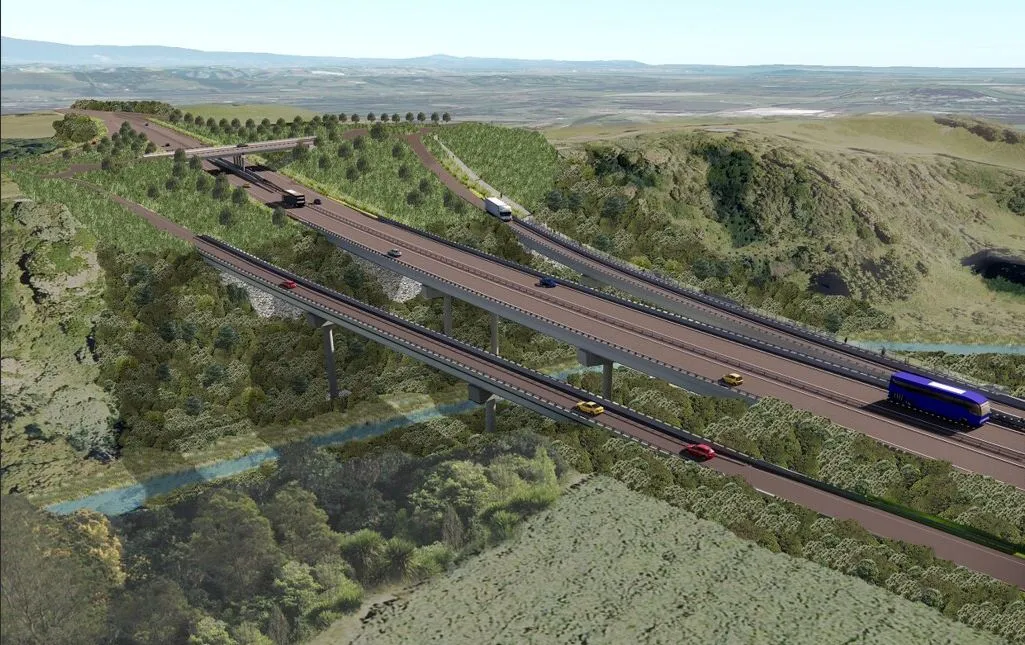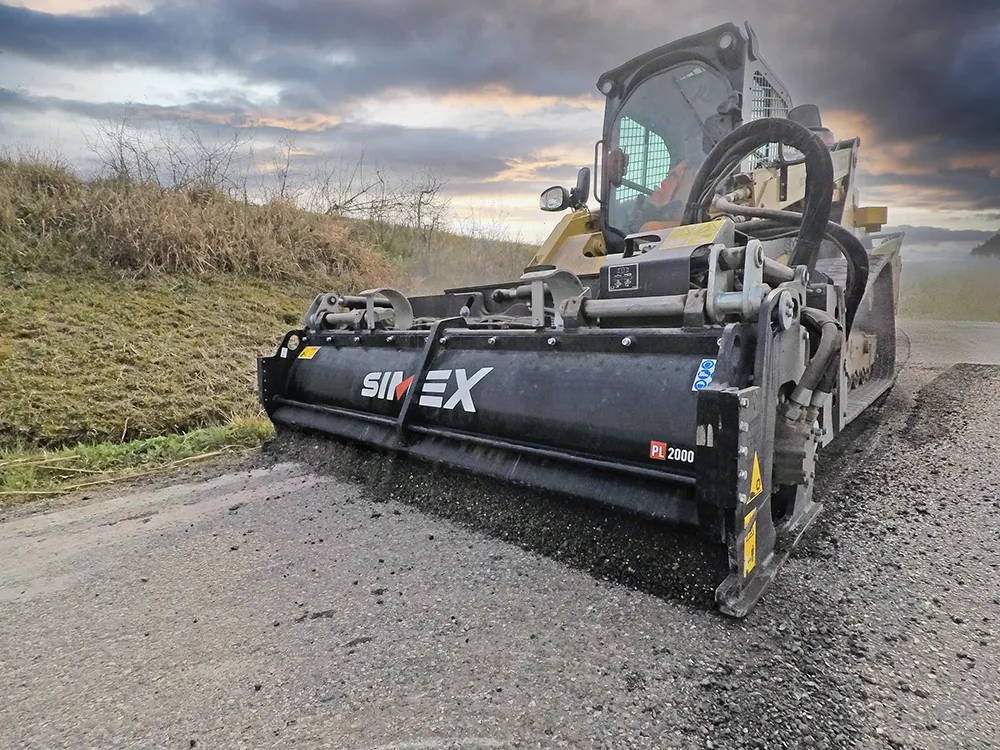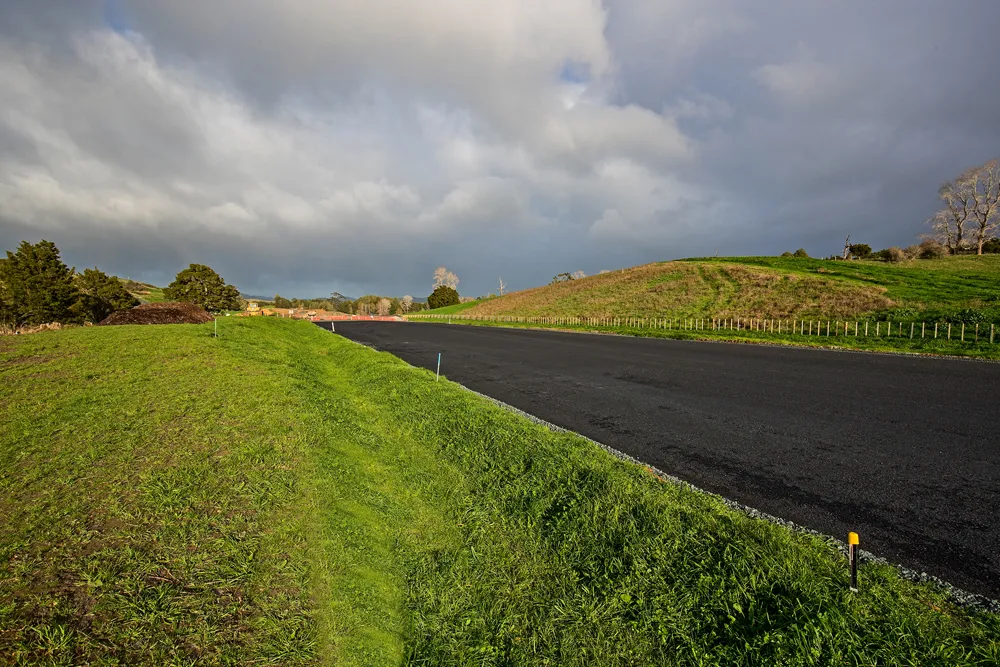
The western Bay of Plenty region in New Zealand, south of Auckland on the North Island, is one of the fastest-growing regions in the country. Growing traffic in the area, with many serious crashes, strained road systems. To improve safety, access, travel options, and to support economic development in the area, Waka Kotahi NZ Transport Agency initiated the Takitimu North Link project. This 14-kilometer, four-lane corridor and shared path will connect Tauranga and Ōmokoroa, improving safety and easing congestion. The government’s New Zealand Upgrade Programme (NZUP) has provided funding for the first stage of the project, 6.8 kilometers between Tauranga and Te Puna. The Fulton Hogan/HEB joint venture was awarded the design and construct contract, with Beca as their lead design consultant.
Given the complex conditions, traditional 3D design was not enough to meet the demands of the project. The development area was a very constrained corridor running through productive horticulture and farmland, limiting development options. As the design teams gathered and incorporated data, project needs and details greatly changed, requiring quick adaptation. Additionally, clear communication and collaboration with construction partners was key to reducing errors and minimizing risk.
Click here for the video and case study.
Beca also wanted to prioritize sustainability and construction efficiency as part of the New Zealand Upgrade Programme. “We are working hard to measure and benchmark a number of sustainable outcomes, including the project’s governance, procurement, carbon reduction, waste, environmental impacts, and, of course, community engagement,” said Ross Brown, technical director, civil, with Beca. As part of that effort, the company wanted to minimize the impact of development on existing properties as much as possible, even within the constrained footprint. Beca determined they needed an integrated, 3D model-based digital delivery approach, but they soon realized that not all applications could handle the complexity of the project or provide intuitive interdiscipline collaboration.
Beca determined they could transition to 3D modeling and digital delivery, as well as meet all project requirements with the help of Bentley applications. Watch video and read the full story to discover how Beca Ltd. leveraged Bentley’s open modeling applications to establish a connected data environment and digital twin, reducing modeling time by 15% and improving design efficiencies by 20%.
Content produced in association with Bentley Systems









